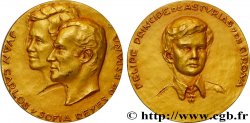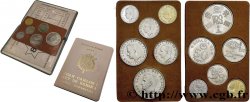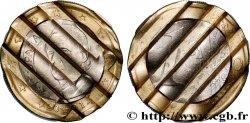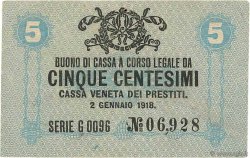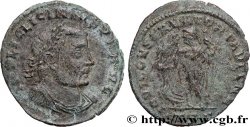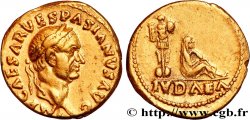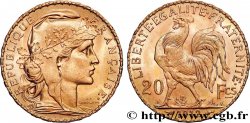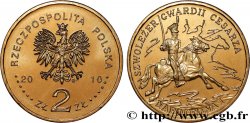E-auction 639-643039 - feu_1036718 - ESPAÑA 2 Euro GROTTE D'ALTAMIRA 2015 Madrid Madrid
Usted debe firmar y ser un comprador aprobado para pujar, Inicia sesión para pujar. Las cuentas están sujetas a la aprobación y el proceso de aprobación se alcanzan dentro de las 48 horas. No espere hasta el día en una venta se cierra el registro.Al hacer una oferta en este artículo usted está firmando un contrato jurídicamente vinculante para comprar este artículo y haga clic en «oferta» constituye una aceptación de los términos de uso de e-auctions de cgb.fr.
La subasta debe ser colocado en euros enteros cantidades venta only.The se cerrará en el momento en la descripción del artículo, no se ejecutarán las ofertas recibidas en el sitio después de la hora de cierre. Veces Transmition pueden variar y las ofertas pueden ser rechazadas si espera a los últimos segundos. Para más información envie el FAQ.
SIN GASTOS PARA LOS COMPRADORES.
SIN GASTOS PARA LOS COMPRADORES.
| Valoración : | 5 € |
| Precio : | 4 € |
| Oferta más alta : | 4 € |
| Fecha de fin de la venta : | 14 julio 2025 19:34:00 |
| participantes : | 3 participantes |
Tipo : 2 Euro GROTTE D'ALTAMIRA
Fecha: 2015
Nombre del taller / ciudad: Madrid
Cantidad acuñada: 8.000.000
Metal: cupro-níquel
Diámetro: 25,75 mm
Eje de acuñación: 12 h.
Peso: 8,50 g.
Canto: cannelures fines continues et 2 ** répété six fois insculpé à l'endroit puis à l'envers.
N° en los catálogos de referencia :
Anverso
Descripción del anverso: dessin d'un bison.
Reverso
Comentario
11ème pièce de 2 Euro commémorative circulante de l’Espagne. Celle-ci est la sixième de la série de la Monnaie Royale Espagnole dédiée aux sites espagnols classés au Patrimoine Mondial de l’Unesco, après la 2 Euro Grande Mosquée de Cordoue en 2010, l’Alhambra de Grenade en 2011, la Cathédrale Sainte-Marie de Burgos en 2012, le Monastère de l’Escurial en 2013 et le parc Güell Gaudi en 2014.
En 2015 le site espagnol illustré est la Grotte d’Altamira et l'art rupestre paléolithique du nord de l’Espagne. À l'avers a donc été reproduit le dessin d'un bison. En effet cet animal est le plus représenté dans la grotte d'Altamira. La grotte en compte seize dessins dans des dimensions, postures et techniques de réalisation différentes.
Située en Cantabrie, dans le nord de l'Espagne, la grotte a été classée au Patrimoine Mondial de l'Unesco en 1985. En 2008 ce classement a été étendu à l'ensemble des dix-sept grottes ornées de la région datant du Paléolithique.
Cet ensemble constitue une représentation exceptionnelle de l'art rupestre du Paléolithique, pour une période s'étalant de 35 000 à 11 000 ans avant J.-C.
.
Spain's 11th circulating 2 Euro commemorative coin. This is the sixth in the Royal Spanish Mint's series dedicated to Spanish sites listed as UNESCO World Heritage Sites, after the 2 Euro Great Mosque of Cordoba in 2010, the Alhambra in Granada in 2011, the Cathedral of Saint Mary of Burgos in 2012, the Monastery of El Escorial in 2013 and Gaudi's Park Güell in 2014. In 2015, the Spanish site illustrated is the Cave of Altamira and the Paleolithic rock art of northern Spain. The obverse therefore features a drawing of a bison. Indeed, this animal is the most represented in the Altamira Cave. The cave has sixteen drawings in different sizes, postures and techniques. Located in Cantabria, in northern Spain, the cave was declared a UNESCO World Heritage Site in 1985. In 2008, this designation was extended to all seventeen decorated caves in the region dating from the Paleolithic period. This collection constitutes an exceptional representation of Paleolithic rock art, for a period spanning from 35,000 to 11,000 years BC.
En 2015 le site espagnol illustré est la Grotte d’Altamira et l'art rupestre paléolithique du nord de l’Espagne. À l'avers a donc été reproduit le dessin d'un bison. En effet cet animal est le plus représenté dans la grotte d'Altamira. La grotte en compte seize dessins dans des dimensions, postures et techniques de réalisation différentes.
Située en Cantabrie, dans le nord de l'Espagne, la grotte a été classée au Patrimoine Mondial de l'Unesco en 1985. En 2008 ce classement a été étendu à l'ensemble des dix-sept grottes ornées de la région datant du Paléolithique.
Cet ensemble constitue une représentation exceptionnelle de l'art rupestre du Paléolithique, pour une période s'étalant de 35 000 à 11 000 ans avant J.-C.
.
Spain's 11th circulating 2 Euro commemorative coin. This is the sixth in the Royal Spanish Mint's series dedicated to Spanish sites listed as UNESCO World Heritage Sites, after the 2 Euro Great Mosque of Cordoba in 2010, the Alhambra in Granada in 2011, the Cathedral of Saint Mary of Burgos in 2012, the Monastery of El Escorial in 2013 and Gaudi's Park Güell in 2014. In 2015, the Spanish site illustrated is the Cave of Altamira and the Paleolithic rock art of northern Spain. The obverse therefore features a drawing of a bison. Indeed, this animal is the most represented in the Altamira Cave. The cave has sixteen drawings in different sizes, postures and techniques. Located in Cantabria, in northern Spain, the cave was declared a UNESCO World Heritage Site in 1985. In 2008, this designation was extended to all seventeen decorated caves in the region dating from the Paleolithic period. This collection constitutes an exceptional representation of Paleolithic rock art, for a period spanning from 35,000 to 11,000 years BC.







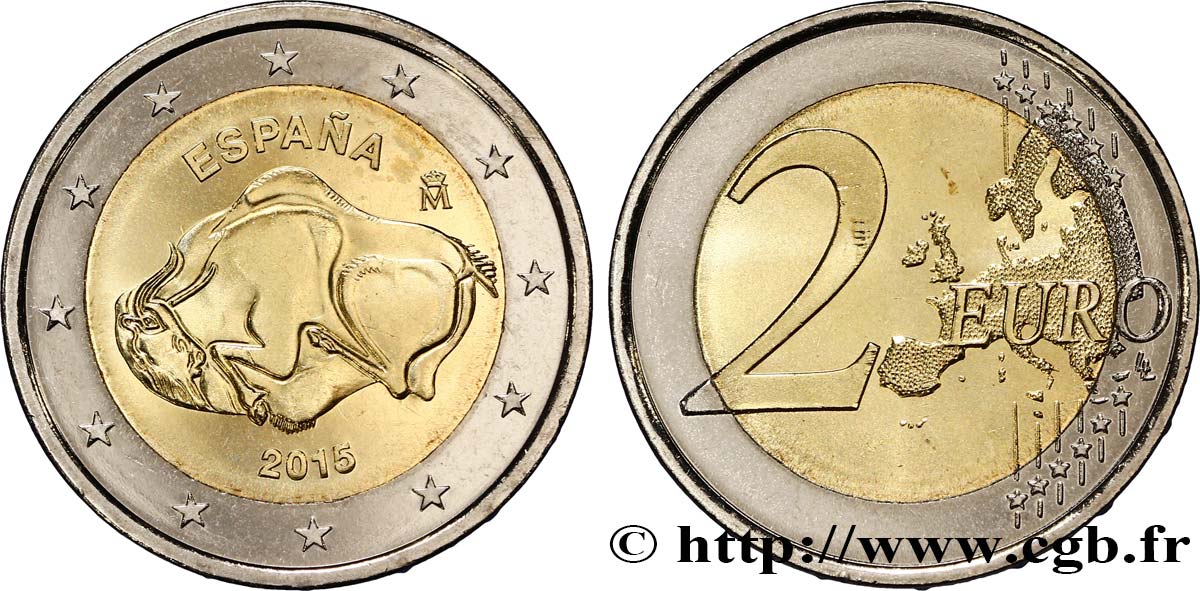
 Informar de un error
Informar de un error Imprimir la página
Imprimir la página Comparte mi selección
Comparte mi selección Haz una pregunta
Haz una pregunta Consignar / vender
Consignar / vender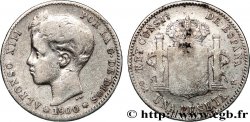
 Descriptivo
Descriptivo
